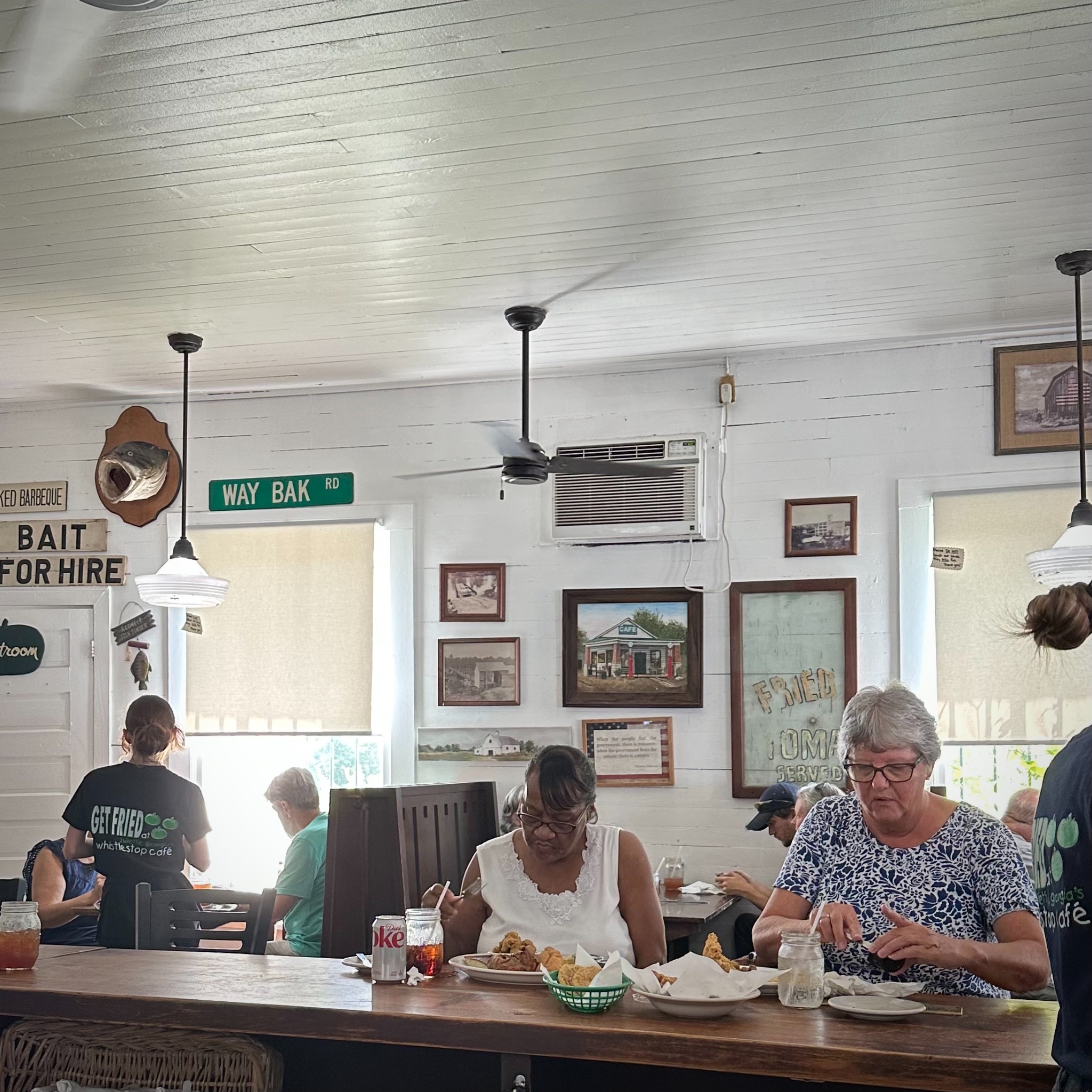CULTURAL FRITTATA | Only soulless people dine in virtual restaurants
Walking along Kingsland High Street in the Haggerston district of London, I often notice the opening of new, dazzling venues that try their luck with trendy graphics and the promise of a new culinary experience. That's why I couldn't help but notice the opening of Co-kitchen, which appears to be a simple, colourful room with modern furnishings and full of lockers. What might seem like a futuristic waiting room is a 'cloud kitchen', a concept gaining traction in the world's busiest cities (according to Co-kitchen’s website, they can be found in London and Dubai). This format consists of hidden kitchens that do all their branding digitally. Their food can be bought via delivery apps and collected from lockers. This completely eliminates human interaction, while optimising the time between dish preparation and food delivery.
Steve Ells, co-founder of Chipotle, thinks this is the future of dining. In fact, Ells takes the concept a step further with the launch of Kernel, a restaurant that is not only virtual but also operates with reduced staff and the support of robots. Machines handle the kitchen labour, and the staff now comprises engineers who ensure smooth operations.
For the entrepreneur, this represents a more sustainable future, both environmentally and for the hospitality industry, which is struggling to retain workers while battling inflation. In an interview with the podcast How I Built This with Guy Raz, Ells acknowledged that automated kitchens are a bleak answer to those challenges: "[...] There are still many people who enjoy face-to-face interaction. How do you create a sense of warmth and hospitality without a human being?" The thing is, Kernl isn’t for those people, Ells goes on to say. His business and Co-kitchen’s respond to a higher calling — keeping the industry lean and profitable.Interplay between food and sociality is of little concern—interactions will simply occur in different places, he explains.
As an Italian living in a foreign city where the capitalist frenzy hits you as soon as you step foot in the airport — where the rush begins, and the seasoned Londoners pick up the pace to save time — I have viewed some of the novelties popping up among the advertisements with scepticism. From weekly recipe boxes delivered to your door, with pre-weighed and ready-to-use ingredients, to protein powder meals, London is a city where the priority is clear: survive to make a profit. So it's no big deal if you work overtime, as long as, when you get home exhausted and loaded with your salary, you can underpay a driver to bring you a meal that you could very likely have put together yourself.
When I see these novelties, I struggle to believe they could actually work in Italy. Only one place comes to mind whenever someone asks me about some strange new trend.
‘Do they have Puppy Yoga in Italy?’
‘Well, I don’t know, maybe in Milan?’
In Italy, it's still difficult, fortunately, to even get the waiter's attention to ask for the bill, unlike in London, where waiters are trained to wear the customer out (‘Would you like another drink? Can I bring the dessert menu? Can I clear these plates?’) until they feel like an unwanted guest. This gives me hope that the sanctity of shared meals and gathering places like the osteria, trattoria, tavern, and circolino will remain intact for a long time. Perhaps this is also thanks to our convivial spirit, recognised by UNESCO (2013) as one of the core values of the Mediterranean Diet, an intangible cultural heritage. So why should we let ourselves be hypnotised by the capitalist machine when the art of enjoying life is in our blood? Pour yourself a glass of wine and start sautéing that soffritto. All good things start with a solid foundation.
Authentic Ragù alla Bolognese
Ingredients
- 400g minced beef
- 150g fresh pork pancetta slices (not rolled)
- half an onion
- 1 carrot
- 1 celery stalk
- 1 glass of red wine
- 200g tomato passata
- 1 tablespoon double concentrated tomato paste
- 1 glass of whole milk (optional)
- light meat or vegetable broth (stock cube is fine)
- Extra virgin olive oil
- Salt and pepper
- Finely chop the onion, carrot and celery, and add them to a thick-bottomed casserole with a bit of olive oil.
- Slowly sauté the mixture over low heat, stirring frequently.
- Raise the heat and add the minced beef, cooking until it browns. Stirring continuously, cook for about ten minutes until it sizzles.
- Pour in the wine, letting it evaporate completely.
- Add the tomato paste and passata. Keep stirring well, and pour in a cup of hot broth.
- Cook gently, semi-covered, for about 2 to 3 hours, adding hot broth as needed. Halfway through cooking, you can add a glass of milk, which should be completely absorbed.
- Finally, adjust the seasoning with salt and pepper. The ragù should be a lovely dark orange, and creamy.
Personal note: In my family, we add a spice mix called Spezia Regina, which contains cinnamon, nutmeg, cloves, and other spices.
This article is translated by the author from the Italian version of Cultural Frittata in RatPark Magazine.

Post a comment